|
I'm gonna go out on a big limb here and assume that you carry a firearm for your personal defense on a daily or near daily basis. Am I right? Good. Me too!
Carrying a concealed firearm is a significant responsibility, and it's essential that we continuously strive to improve our self-defense skills. In this installment, I wanted to pass along 5 of the most common mistakes I see among concealed carry holders out there. If you're new, please consider these tips to help improve your weapons handling skills. If you've been at it a while, maybe you can use this information to help out someone else on their journey. So let's get to it! Mistake 1: Poor Holster Selection The Pitfall: One of the most common mistakes concealed carry holders make is choosing the wrong holster. Often, aesthetics and fashion are prioritized over function. A poor holster can hinder your ability to draw your firearm quickly and efficiently, which can be a matter of life or death in a self-defense situation. The Solution: Invest time and effort in selecting a holster that's tailored to your firearm, body type, and daily activities. Consider factors like retention, comfort, and accessibility. Holsters that offer proper retention while still allowing for a swift and secure draw are essential. Finding the right holster for you is kinda like buying a car. You gotta take it for a test drive to see how it handles. I have a closet full of old holsters that I bought and tried before I settled on a couple of brands that worked for me. Here's a few I've had great experiences with:
8 Comments
When it comes to self-defense, understanding that the first threat you encounter might not be the only one is vital. In the realm of security and personal protection, we refer to this phenomenon as primary and secondary threats.
Primary and Secondary Threats Defined In the security and self-protection world, primary threats refer to the initial and often overt attacks or dangers that individuals or groups face. These threats could include acts of violence, such as an armed assailant, an explosion, or other violent stimuli, where the immediate danger is clear and present. However, secondary threats are less obvious and more insidious. These are the concealed dangers that follow the primary threat, often catching individuals off guard and creating additional challenges for those seeking to protect themselves. Secondary threats may take various forms, such as I don't have to tell you that we're living in dark and perilous times. Each time I look at my news feed, it seems as if everything that's great about America is circling down the drain of decadence and social decay. It reminds me of that quote from author G. Michael Hopf: "Hard times create strong men. Strong men create good times. Good times create weak men. And weak men create hard times." If we are to escape the hard times that have been handed down to us by these weak men (and women), then the only path forward is the one through which we unlock the inner strength within ourselves and forge our own path to greatness - true greatness. It is the warrior's path. It is long, it is hard, and it is fraught with peril. But, honestly, it's the only viable option open to us now. In order to navigate life's complexities and overcome its adversities, it's essential to invest in your personal growth. Becoming a scholar and athlete has immense value. The pursuit of knowledge expands our minds, enhances critical thinking, and broadens our understanding of the world. Consequently, engaging in physical fitness and sports helps build discipline, resilience, and a strong body necessary to overcome life's challenges. By becoming well-rounded individuals, we equip ourselves with the tools needed to thrive in any situation. Is there anything that could be more practical, more needed in this day and age? Plato wrote that "the ideal citizen must be a scholar-athlete, a man of thought, and a man of action." So what are the pillars to becoming this scholar-athlete that Plato spoke of? For me, it's the following:
In my last post, I shared 5 Dry-Fire Tips to Improve Your Shooting. The response was so great, I decided to riff on that last post by sharing a few more tips that have come in handy for me. In case you missed Part 1, you can get spun up by clicking here.
Before we get into the next series of tips, let's remind ourselves why we're dry-firing in the first place. During dry-fire training, we're working to improve our speed, accuracy, and overall proficiency. You can work on all the skills you need to enhance your shooting capabilities during these sessions, except for a few things like recoil and trigger manipulation. Those items we pick up and hone during our live-fire sessions. Before you begin, always make sure you have checked and re-checked your weapon and magazines to make sure there is no live ammunition present during your training session. Now, taking what you've incorporated from my last post, add these things: If you carry a firearm for your protection, you understand the importance of being prepared for any situation. If you're like me, you don't get out to the range nearly as much as you'd like. However, the reality is that live-fire training is not where you spend the majority of your time building your skills. That's right. Ask any competitive shooter or shooting professional who is at the top of their game, and they'll tell you that you make your money during your dry-fire sessions.
Most people are familiar with dry-fire training, but in case you're not, dry-fire is simply practicing your shooting skills without live ammunition. Dry-fire training has a ton benefits, including improving your accuracy, speed, and overall shooting proficiency. It also helps to reinforce proper gun handling techniques and provides an opportunity to practice weapon manipulation skills. Before we dive into some tips and tricks to maximize your dry-fire training, it is important to emphasize that safety always comes first. Always ensure that there is no live ammunition in the gun or magazine before beginning your dry-fire session. Additionally, always use a safe and secure backstop to catch any dry-fired rounds. Now, let's get to some tips and tricks to help you maximize your dry-fire training: In today's world, being prepared for worst-case scenarios has become more important than ever. With the rising civil unrest, riots, and images of burning cities during the COVID lockdown still fresh in our nation's memory, more Americans than ever are turning to firearms as a means to protect themselves.
Among the choices of firearms available, the various carbine platforms, like the AR-15, have gained immense popularity due to their effectiveness and versatility. Weapons like the AR-15, the various pistol carbines, and similar platforms, are known for being lightweight, highly accurate, and customizable. These rifles are highly versatile and can be used for a variety of purposes, including target shooting, self-defense, and depending upon the caliber, hunting as well. Carbines like the AR-15, are especially effective as a self-defense weapon due to its ability to fire rapidly and accurately. It has a large capacity magazine, allowing for multiple shots without the need for frequent reloading. This can be critical in high-stress situations where every second counts. So, to answer my original question, yes. Civilians should own an AR-15 or similar weapon - if they train properly with them. And when it comes to training, the name of the game is developing your ability to safely maximize your effectiveness with these systems. To do that, here's some big ticket items you'll want to build into your regiment to ensure you're developing a real-world skill set. Some of these items include: A shopping trip to the mall is just another shopping trip....until it's not. Everywhere we go, we carry with us the danger of being attacked. It can be hard to imagine, but yes, one moment you are happy, enjoying life and the next you are being attacked by someone or something. It can happen anywhere, anytime and to anyone. Such was the case involving four young victims who were gunned down in an ambush-style attack after returning from a shopping tip. The investigation is on-going and the details sparse, but here's what we know according to the reports: It all began as four young men were walking back to their neighborhood in Philadelphia, after returning from a shopping trip from a nearby mall. Surveillance video showed at least two suspects getting out of a parked minivan with guns drawn. The attackers advanced quickly and aggressively - opening upon the the victims. According to reports, as many as 50 shots were fired at the scene. The attackers ran back to their vehicle and ran over some of the victims as they fled made their getaway. Investigators say that two victims, aged 18 and 19-years-old, died at the scene. The attack has all the hallmarks of an ambush: concealment, surprise, lack of provocation, and violence of action. I've talked about this extensively at our training events and on the Pearl Snap Tactical Podcast. The motive for the attack is unknown at this time, but drugs are suspected. Regardless of the motive, there are some lessons we can all take away. 1. It happens fast. Ambushes are quick, brutal, and lethal. Even if you're paying attention to your surroundings, they can be difficult to detect before it's too late. That's why they're so effective. With any ambush, the attacker chooses the location and the timing of the attack. This suddenness of the collapses your reactionary gap, putting you at a severe disadvantage because you're behind time. Let me explain what I mean by that. There are three "timings" to any attack: - Behind time, We're wrapping up our 3-part series on CQB Essentials.
I've gotten some great responses from you guys during this series, so let's jump in and finish strong! Recall, the 3 principles of Close Quarter Battle (CQB) are:
Today, we're taking on the third principle, Violence of Action. If you need to get spun up on the first two installments of the series, I've posted them on the website. You can access parts 1 and 2, by clicking these links: How to Dominate in Close Quarters and CQB Essentials Part 2: The Element of Surprise, respectively. Now, let's go! Violence of action is the principle by which we neutralize the threat as soon as possible. If I were sum up the concept in one word, it would be dominance. We must dominate the enemy both We're continuing our series on how to hone your skills in Close Quarter Battle (CQB). If you missed the first installment, it's posted on our our website. Click here first if you need to get caught up.
Recall, that we define CQB as a kinetic fight - typically involving the use of firearms - at close range. While many equate CQB with room clearing, that is not always the case. We also discussed that there are three principles of CQB, which are speed, surprise, and violence of action. As we mentioned previously, speed is a form of security. Speed makes you a harder target acquire and it helps you set and control the tempo of the battle. That said, it comes with a caveat. There is such a thing as moving too fast. Remember, you can only move as fast as your eyes can process the room. You need visual acuity to identify threats, make shots with precision, and other tasks to prevail. You can't do that if everything is a blur. So, you have to find the balance between moving fast enough, but not too fast. In short, you need to move in a controlled hurry. Now that we have reviewed the salient concepts from before, let's move on to the next principle: SURPRISE. Today, we're going to start our series off on the fundamentals of Close Quarter Battle (CQB).
CQB is the physical confrontation between two or more combatants. As the name implies, these fights take place in close proximity - typically at ranges of 100 meters or less (yes, you read that right) - involving the use of firearms; edged and impact weapons; improvised weapons; or even hand-to-hand combat. While most discussions surrounding the topic of CQB centers on room clearing, which is the systematic method of neutralizing a threat or group of threats room by room to secure a structure, the subject is much broader than that. Rooms in a structure can open up into long hallways, corridors, even streets or alley ways ranging out to 100 meters or more. The potential for distances to open up from immediate to longer ranges can impact our load-out choices, so it's important not to pigeon hole ourselves into thinking that CQB is just "room clearing." |
Archives
November 2023
Categories |

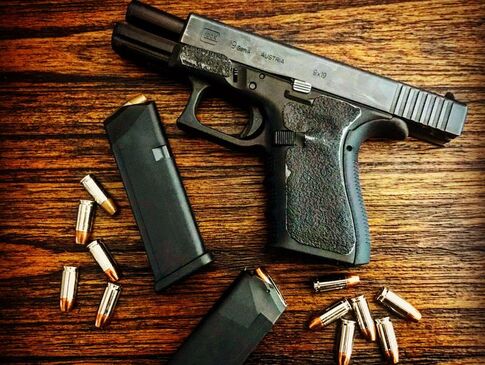
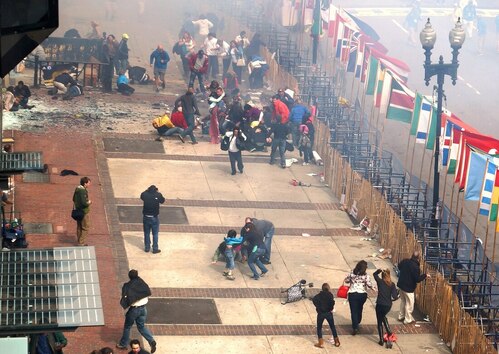

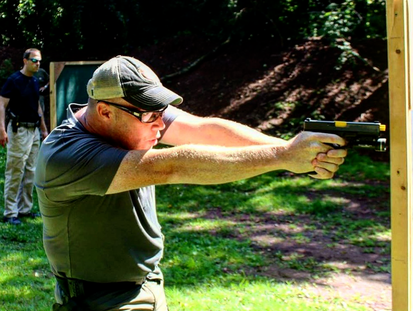
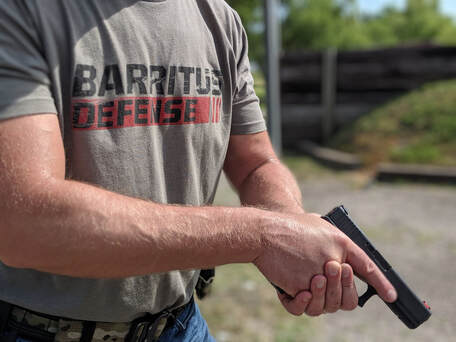
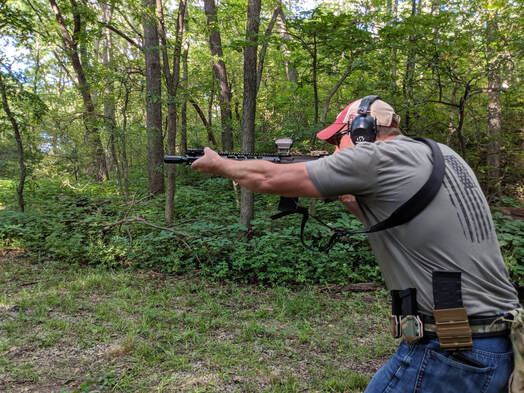
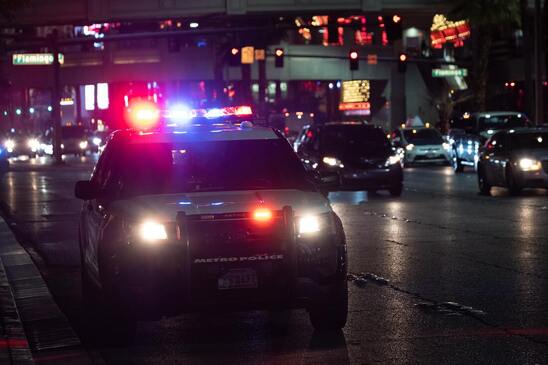
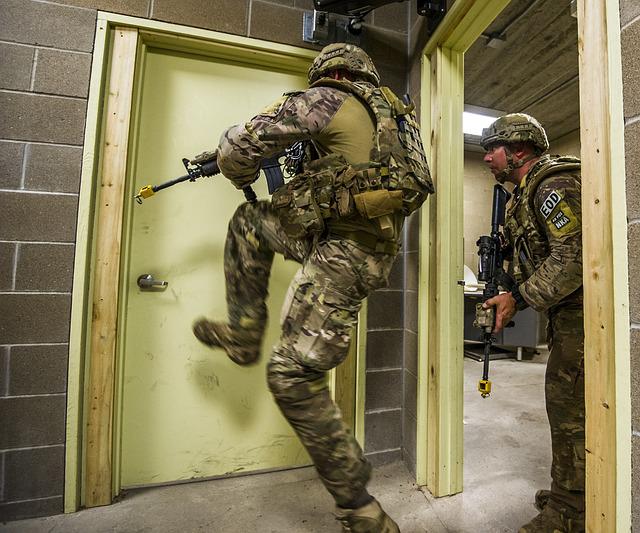
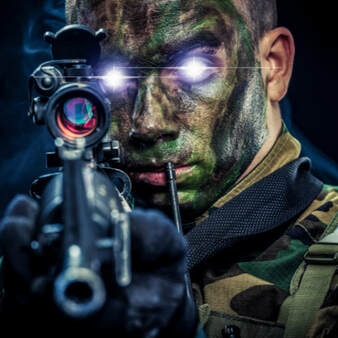
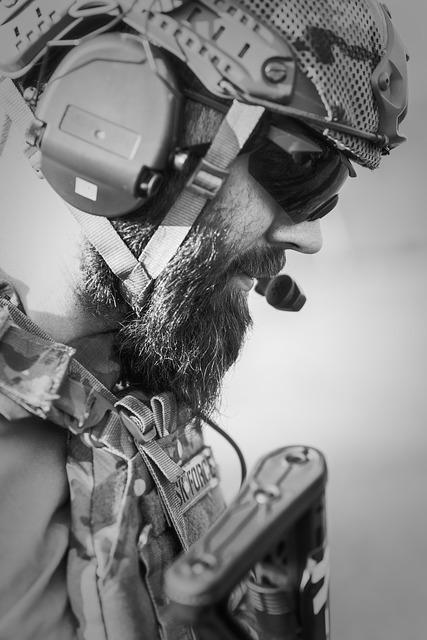

 RSS Feed
RSS Feed